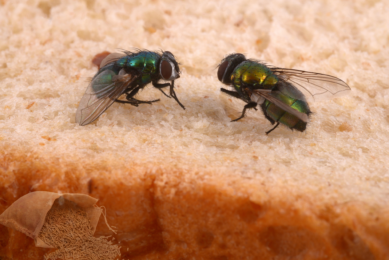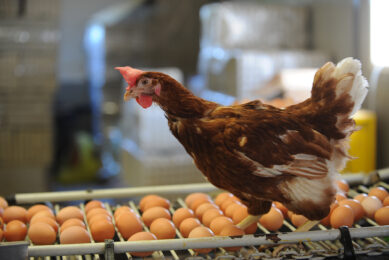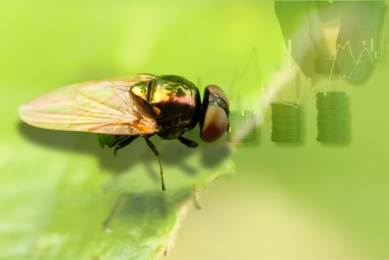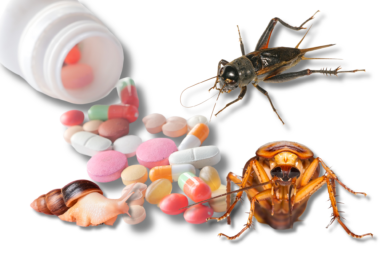A look inside the Asia insect-for-feed industry
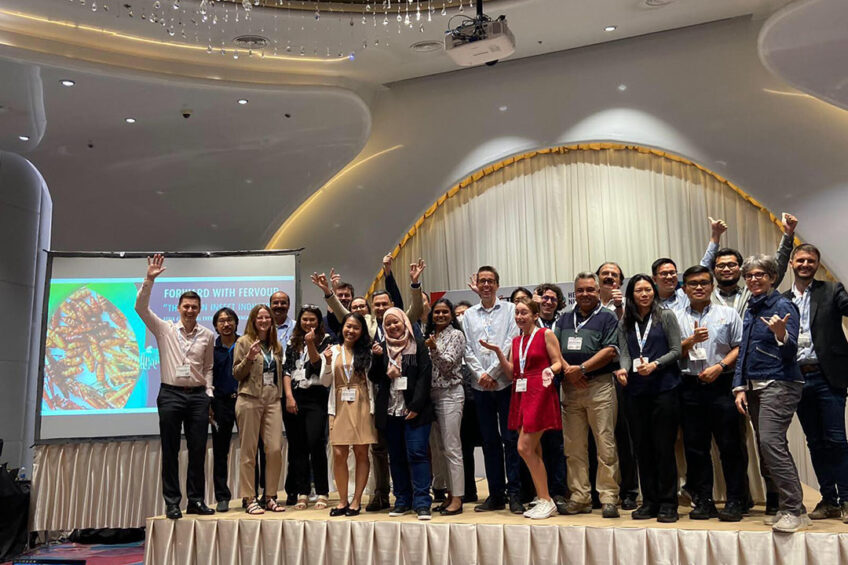
How the quest is going to develop the insects-for-feed and food supply chain within Asia and beyond.
Now 7 years old, the Asian Food and Feed Insect Association (AFFIA) is gaining momentum.
Like other organisations of its kind in other parts of the world, it’s working to bring industry and research stakeholders from the insect sector together in a collaborative movement to develop insect farming and to boost insect use for food, feed and other applications.
Knowledge sharing
To strengthen the Asian industry, AFFIA has a members’ platform where companies, academics and others can collaborate on knowledge sharing, promotion of the industry, clarification of applicable rules and regulations, and increasing the visibility of the Asian industry at international tables.
Developing good practices
AFFIA is also aiming at developing good practices for Asian stakeholders to be ready for possible future standards and regulations concerning insect farming, processing, export and more. In the process, it’s ensuring collaboration with relevant institutions and authorities.
Global collaboration
AFFIA also works with the EU-based International Platform of Insects for Food and Feed (IPIFF), the North American Coalition for Insect Agriculture (NACIA), and the Insect Protein Association of Australia (IPAA) as a member of the Global Roundtable on Insect Agriculture (GRIA).
The new AFFIA Executive Committee for 2022-2023 is composed of Nick Piggott as President (Nutrition Technologies), Salamahafifi Yusnaieny as Vice-President (Protenga), Ben Friedman as Treasurer (Hargol), Charles Rodde as Vice-treasurer (Entofood), Cameron Richards as Secretary (Veolia) and Emilie Devic as Vice-secretary (Flylab).
Feed-focused survey
This year, AFFIA launched its first regional industry survey. This anonymous survey will be repeated yearly to help deliver the best results for the whole sector.
“Answered by over 40 stakeholders, this survey focused on insect as animal feed,” explains AFFIA co-founder and former President Nathan Preteseille. “It covered general aspects such as geography, species and year of establishment, but also more specific parts such feedstock availability, production models and pricing mechanisms.” In total there were 7 parts to the survey with over 45 questions.
The survey results will be published in 2023, along with other information related to a collaborative ‘insects-as-feed’ research project AFFIA has with UN Food & Agriculture Organization (FAO) and Kasetsart University (KU).
Feed R&D in action
The 1-year FAO and KU project is one of several joint R&D projects AFFIA is running for the advancement of the industry.
“It’s the first regional insect-as-feed study and it is expected to provide firsthand information to develop an up-to-date and detailed picture and analysis of the insect for animal and aquaculture feed industry,” Preteseille explains. “The lack of public data on the Asian insect-as-feed sector could interfere with its sustainable development as transparency from farm to table is a prerequisite to build trust, momentum and maturity in an industry.”
AGM in Bangkok
In September, AFFIA held its annual conference meeting in Bangkok entitled ‘Forward with Fervour – the Asian Insect Industry.’
Prof Arnold Van Huis of Wagenigen University gave the keynote address on the future of insect production for food and feed in Asia.
Among other presentations, Leo Wein from Protenga spoke about automation and other technologies that can scale insect production and ensure it is data-driven.
Dr Sharvini Siva Raman from Universiti Teknologi in Malaysia presented on opportunities and challenges in Black Soldier Fly Larvae (BSFL) production for livestock feed.
Market development
Among its regional initiatives in market development, AFFIA is working especially on paving the way for export to the EU.
“Regulations have evolved to account for 6-legged livestock and to maximise their benefits in the food chain,” says Preteseille. “The EU has taken a leading position regulatory-wise, prompting companies and organisations worldwide to engage in shaping tomorrow’s food law. AFFIA has dedicated efforts to support its members’ compliance with international markets requirements while backing initiatives to develop insect-dedicated regulatory frameworks in Asia.”
He explains that AFFIA is facing the challenge of a diversity of regulations across Asian countries and even at the level of the Association of Southeast Asian Nations, which Preteseille calls “an intricate context where an inclusive approach is also necessary to build the insect industry momentum.”
For example, feedstocks represent an important and first part of the insect as feed value chain, he says, but it is currently rarely regulated except in some countries such as Singapore where they are currently running a consultation on the topic.
“In addition, Southeast Asian countries have experienced varying level of exposure to the use of insects as food and feed and this often translates into different levels of regulatory awareness,” says Preteseille. “Insects are sometimes part of traditional diets in specific areas of Thailand or Laos for example where they can be both a source of nutrients and income. It is of major importance to consider established practises when developing new standards and regulations to answer more recent production and market needs.”
Bright future
Looking forward, Preteseille notes that with growing concerns over disrupted supply chains and increasing pressure on major animal feed ingredients, “interest for insects as feed in the world’s most active farming region is on the same track as this protein-rich ingredient finds its way in companion animal and aquafeed diets.”
Preteseille points out that the potential for insects to offer a large number of applications for the feed industry provides “a very rich” industry landscape in Asia.
Already, BSFL-based ingredients have already entered the ‘feed bowl’ in several Southeast Asian countries in their different forms: as a whole meal, as a defatted meal, as oil or even as whole live larvae in the context of nearby small-scale livestock production.
Also in recent years, there has been the development of large-scale producers, with outputs in the thousands of tonnes of processed animal proteins, but also the development of networks of small-scale producers targeting to support their own need for feed in a circular manner.
“With a strong and dynamic agriculture sector, one could easily imagine an exponentially growing use of insect-based ingredients in their whole range of products and applications over the next few years,” says Preteseille. “AFFIA wishes to support this development and welcome all motivated stakeholders to join forces for the future of the industry.”




